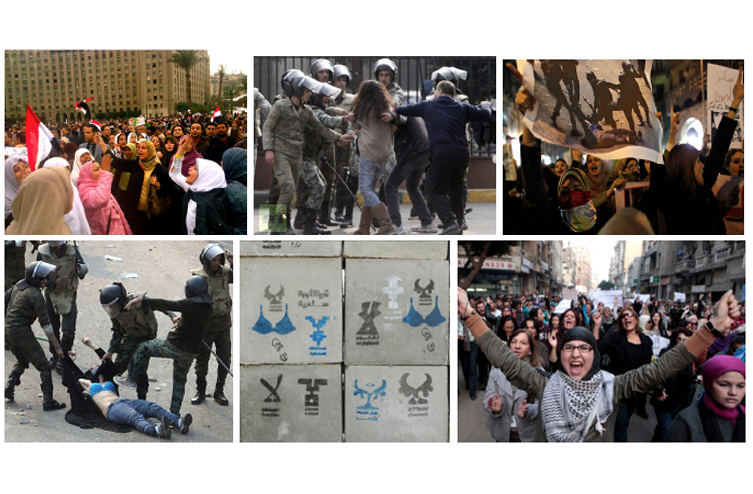Nadia Elokdah is an urbanist, designer, and cultural producer. She graduated in 2015 from the MA Theories of Urban Practice at Parsons The New School For Design. Prior to that, she earned a Bachelor of Architecture from Temple University in her hometown of Philadlephia.
While at Parsons, she focused on concepts of inclusion, belonging, and co-creation of urban imaginaries through creative practice. She currently serves as Deputy Director & Director of Programs for Grantmakers in the Arts, where she works to increase support for peoples, communities, and cultural organizations often marginalized by arts insitutions.
For the last two years, Nadia served as Special Projects Manager with the New York City Department of Cultural Affairs, as the agency worked to prepare two major policy documents: the Mayoral Advisory Commission on City Art, Monuments, and Markers Report and CreateNYC, the first-ever comprehensive cultural plan for NYC in 2017. For the Commission Report, Nadia co-led the design of the research and public engagement processes, which sought to integrate deeply personal values and public opinions of New Yorkers with legal and theoretical analysis of public art. The report made an urgent call to confront histories of structural racism and exclusion embodied in our public spaces, and laid out a process for evaluating monuments or markers that may create controversy and strong public response in the future.
In the production of CreateNYC, Nadia led hundreds of engagements with nearly 200,000 people — collaborating with cultural producers, artists, community-based organizations, and residents — to serve as the foundation of this plan for an equitable, inclusive, and resilient cultural future for all New Yorkers. In the Plan, the City committed to increasing support for arts and culture in under-resourced communities, and also addressed critical issues such as: displacement and affordability; arts, culture, and science education; social and economic impact, and; public space, among others.
Nadia is a published author, adjunct lecturer at Parsons School of Design, and a founding Partner of in.site collaborative, an international collective of women designers and researchers working to make urban transformation more participatory and equitable, most recently participating in Philadelphia Assembled with artsit Jeanne van Heeswijk, the Philadelphia Museum of Art, and more than 300 collaborators from Philadelphia. She is devoted to engagement in culturally responsible and equitable design practice with emphasis on inclusion, exemplified in collaborations with the International Design Clinic, a community youth center in North Philadelphia, and an arab-led arts and culture non-profit Al-Bustan Seeds of Culture.



